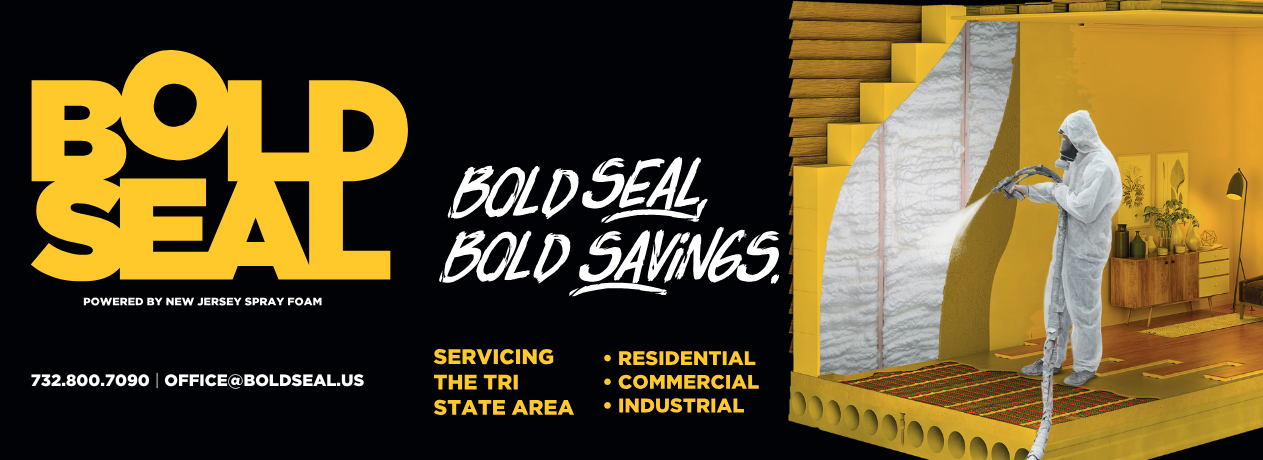Thinking about tackling that chilly, damp basement? Foam insulation offers a powerful solution for boosting energy efficiency, controlling moisture, and adding comfort to your home. This comprehensive guide will walk you through everything you need to know about choosing, installing, and maintaining foam insulation for your basement, whether you're a DIY enthusiast or hiring a professional.
Understanding Foam Insulation for Basements
Foam insulation, a popular choice for basements, provides excellent thermal resistance and acts as a robust moisture barrier. Its versatility makes it suitable for various basement applications, from walls and ceilings to floors. Key benefits include improved energy efficiency, leading to lower heating and cooling bills; reduced moisture buildup, preventing mold and mildew growth; and enhanced soundproofing, creating a quieter living https://www.houzz.com/pro/webuser-626679134/bold-seal-insulation space. The R-value, a measure of thermal resistance, varies among foam types and thicknesses, significantly impacting the insulation's effectiveness. Choosing the right R-value is crucial for your specific climate and basement conditions.
Types of Foam Insulation
Several types of foam insulation excel in basement applications, each with unique properties and installation methods. Understanding the differences helps in selecting the optimal solution for your needs.
Closed-Cell Foam
Closed-cell spray foam insulation Bold Seal Insulation foam, characterized by its dense structure with minimal air pockets, offers superior moisture resistance and thermal performance. Its high R-value makes it ideal for damp basements. Closed-cell foam is also an excellent vapor barrier, effectively preventing moisture infiltration.
Open-Cell Foam
Open-cell foam, featuring a more porous structure, provides good insulation but is less effective as a moisture barrier compared to closed-cell foam. It's lighter and easier to apply but might require additional vapor barriers in damp environments. Its application for basement insulation is primarily for thermal improvements.
Polyurethane Foam
Polyurethane foam, encompassing both closed-cell and open-cell varieties, is a widely used insulation material. Its spray-on application allows for seamless coverage, filling gaps and cracks effectively. Polyurethane foam also exhibits excellent thermal and acoustic properties.
Polyisocyanurate Foam
Polyisocyanurate foam (polyiso) boasts high R-value and superior thermal performance, making it an excellent choice for energy efficiency. It's often used in rigid board form for basement insulation, offering ease of installation. Polyiso's moisture resistance is excellent, contributing to a drier basement.
Expanded vs. Extruded Polystyrene
Expanded polystyrene (EPS) and extruded polystyrene (XPS) are rigid foam boards used for basement insulation. XPS generally offers higher R-value and better moisture resistance, making it preferable in damp basements. EPS is more affordable but may require additional waterproofing measures. Both are relatively easy to install, making them suitable for DIY projects.

Benefits of Foam Insulation for Basements
Insulating your basement with foam offers a multitude of advantages beyond improved energy efficiency. It creates a more comfortable and healthy living environment.
- Energy Efficiency: Foam insulation significantly reduces heat transfer, lowering your energy bills and minimizing your environmental impact. Moisture Barrier: Many foam types act as effective moisture barriers, protecting against water damage and mold growth. Mold Prevention: By controlling moisture, foam insulation helps prevent mold, improving indoor air quality and protecting your family's health. Soundproofing: Foam insulation effectively reduces noise transmission, creating a quieter and more peaceful basement. Increased Comfort: A well-insulated basement maintains a more consistent temperature year-round, increasing comfort and livability.
Installation Process for Foam Insulation
Installing foam insulation can be a DIY project or best left to professionals, depending on your skills and the complexity of the job.
DIY Insulation Installation
For DIY projects, rigid foam boards are often easier to handle than spray foam. Proper preparation is key. Ensure the basement walls and ceiling are clean, dry, and free of debris. Follow the manufacturer's instructions carefully. Wear appropriate personal protective equipment (PPE) during installation.
Professional Installation Services
Professional installers possess the expertise and equipment for efficient and high-quality installation, especially for spray foam. They can handle complex situations, ensuring proper sealing and application. Hiring a professional often offers warranties and guarantees.
Costs of Foam Insulation
The cost of foam insulation varies greatly depending on the type of foam, the square footage of the area to be insulated, and whether you opt for DIY or professional installation. Factors such as the accessibility of the basement and the complexity of the project can also influence the overall price.
Ensuring Longevity and Effectiveness
Proper maintenance ensures the long-term effectiveness of your basement foam insulation. Regular inspections can identify any issues early. Addressing moisture problems promptly is crucial. Maintaining proper humidity levels through ventilation prevents condensation and mold growth.
Common Issues and Troubleshooting
Despite its benefits, some issues can arise. Dampness is a common problem. Condensation can occur if there's insufficient ventilation or temperature differences. Addressing these problems through proper ventilation and possibly additional vapor barriers is crucial.
Conclusion & Final Recommendations
Transforming your basement into a comfortable and energy-efficient space is achievable through the right insulation. Foam insulation provides a versatile, effective solution. Whether you choose DIY or professional installation, thorough planning and execution are vital for maximizing its benefits. Consider your budget, skillset, and the specific needs of your basement to make the right choice. Start enjoying a healthier, warmer, and quieter basement today!